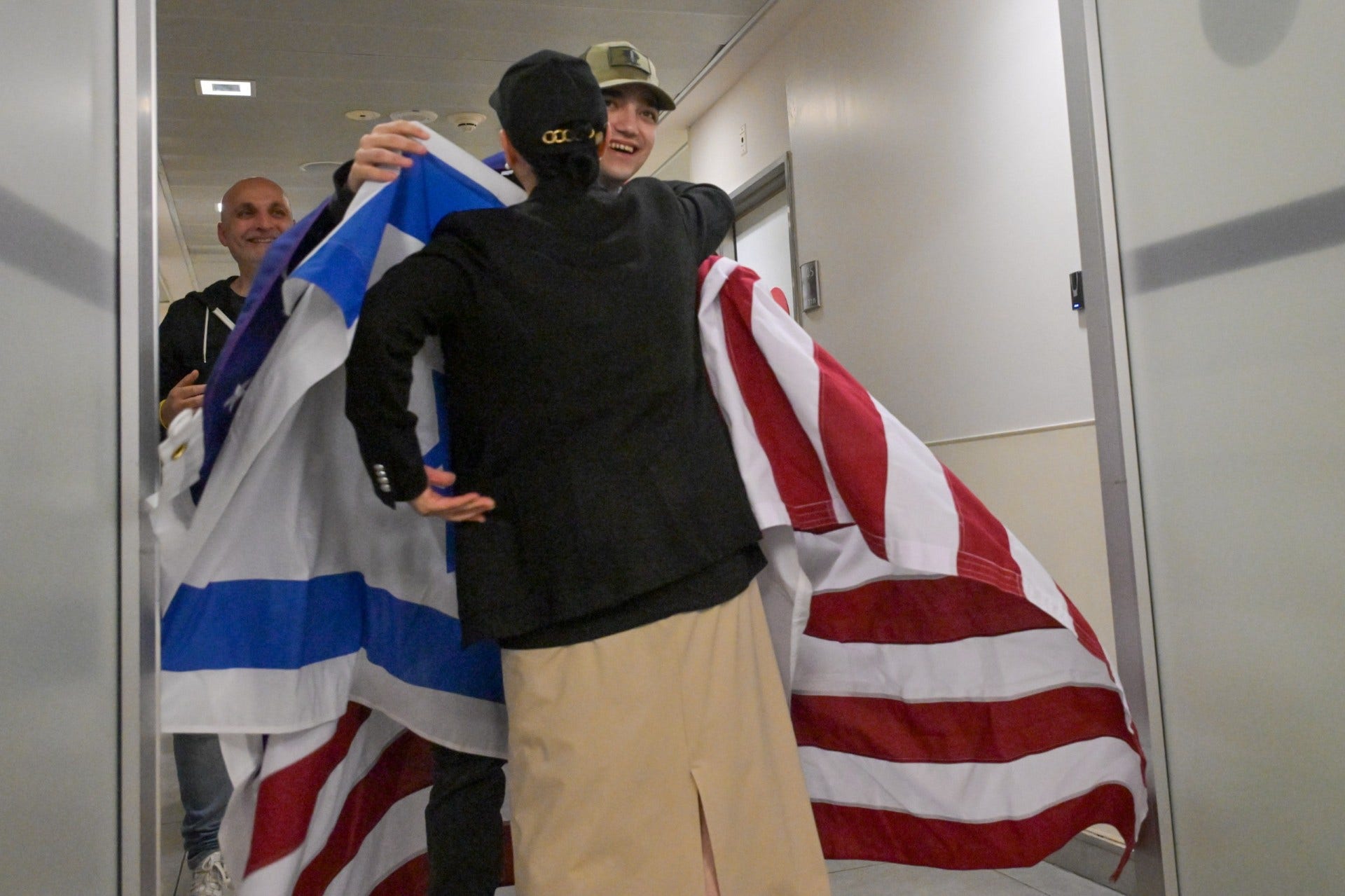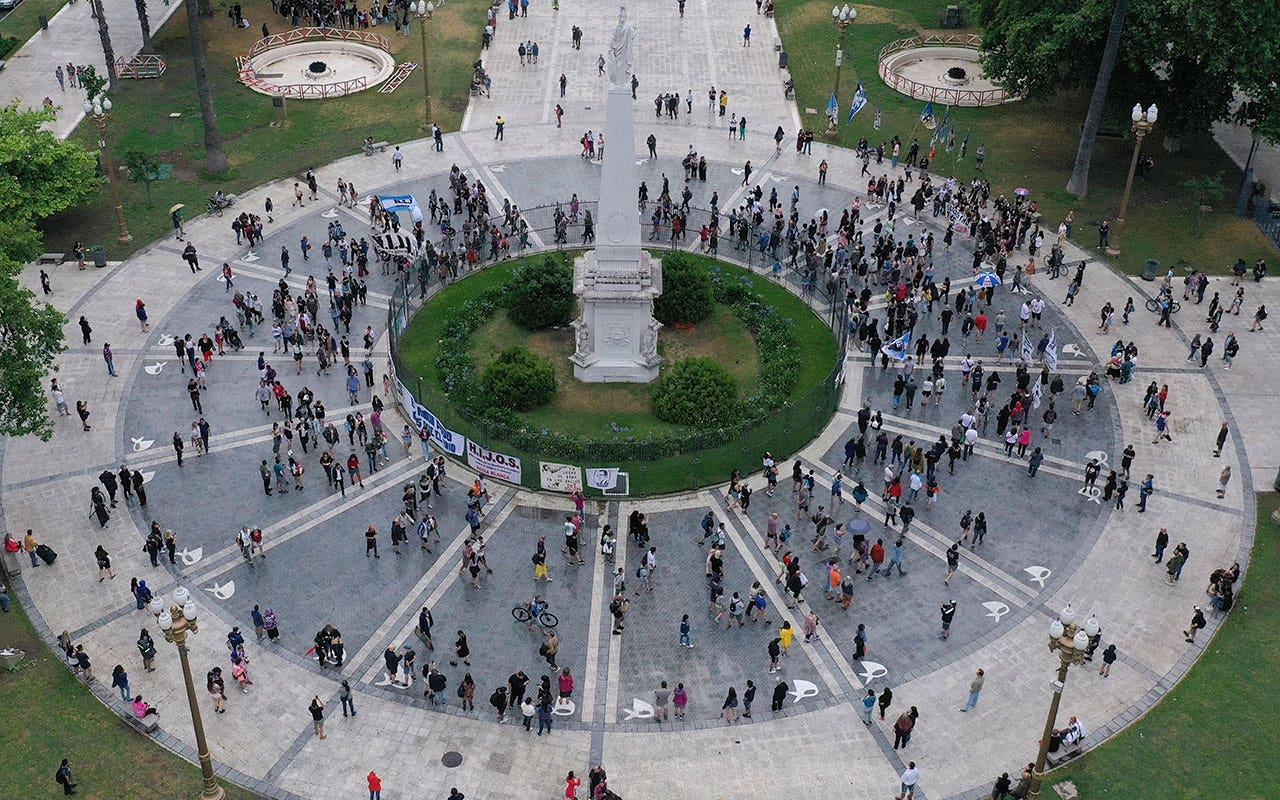In a sandy clearing near Israel’s border with Gaza, soldiers, civilians and tourists wandered silently through a dense thicket of poles. Affixed to the poles were portraits of the hundreds of people who came there to dance late one night last October and never made it home.
As Israelis observed Memorial Day, the country’s annual commemoration for fallen soldiers and victims of terrorist attacks, many were drawn to the site of the Tribe of Nova music festival, a rave dedicated to peace and love that was interrupted around sunrise on Oct. 7 by a barrage of rockets from Gaza, signaling the start of the Hamas-led cross-border assault.
In the horror that followed, at least 360 festivalgoers were slain — nearly a third of the roughly 1,200 people killed in southern Israel that day, according to the Israeli authorities. Gunmen who surged across the border surrounded the Nova site, ambushed people as they tried to escape in their cars and hunted them down in bomb shelters along the road or as they fled across furrowed fields.
Observing Israel’s first national day of mourning after the deadliest day in the 76-year history of the state, and with the country still at war in Gaza, many people came to the Nova memorial site beginning on Sunday to remember the dead and those festivalgoers who were taken hostage to Gaza and are still being held there.
On Sunday, a solemn hush was broken at times by Israeli flags snapping in the wind, and by the sharp cracks of artillery fire from Israeli troop positions nearby.
“The earth is crying out,” said Eliran Shuraki, 39, a resident of central Israel who had come to the Nova site for the first time on Sunday with a friend. “Our hearts are broken,” he added.
They had first visited Be’eri, one of the border communities worst affected on Oct. 7, and where one of Mr. Shuraki’s colleagues lost three generations of relatives, he said. Mr. Shuraki’s brother lost a brother-in-law, a police officer, at the Nova festival, he said.
Nicole and Guy Peretz, a couple in their early 30s, had come from Ashkelon up the coast. Both are former police officers, and several of their former colleagues were killed at the site, they said.
“Until you come here yourself and see the incomprehensible number of people with your own eyes, you cannot absorb it,” Ms. Peretz said.
More makeshift memorials dot the roadsides, orchards and meadows for miles around, made up of portraits and piles of stones, handwritten notes and candles, and wreaths that have withered under the beating sun.
In a field nearby, hundreds of incinerated cars gathered from the roadsides after the Oct. 7 attack are piled up in a graveyard of metal.
Even the bomb shelters where so many sought protection that day, only to be killed as they huddled inside, have turned into shrines. Their charred and blood-spattered interiors have been whitewashed. The stench has gone. Their walls are now covered with graffiti: searing messages, photographs and prayers memorializing those who were there but are no longer.






